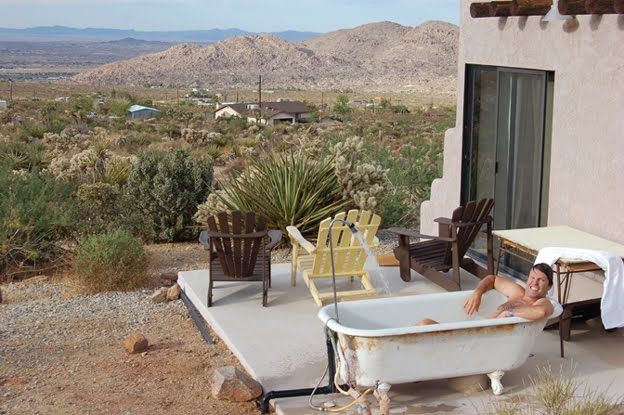The Colorado River Water Dance: Too Many Straws in a Dwindling Glass
By Morgan Craft
The Colorado River provides water to millions of users in seven western states, and Mexico. With millions of people relying on the river for drinking water in the United States, and over 3.5 million acres of farmland in production in its drainage basin, the Colorado River is the single most important natural resource in the Southwest.
The Colorado River provides water to millions of users in seven western states, and Mexico. With millions of people relying on the river for drinking water in the United States, and over 3.5 million acres of farmland in production in its drainage basin, the Colorado River is the single most important natural resource in the Southwest.
The Colorado Basin (click on image to view larger)
In 1922, the seven western states that represent the Colorado River Compact (Colorado, Utah, Wyoming, New Mexico, Arizona, Nevada and California) signed an agreement to divide water from the river. At that time, Las Vegas was a whistle stop, and Phoenix had a population of 50,000. Today, greater Phoenix is home to over 4 million people, with Las Vegas nearing 2 million, and the large sucking sound heard from the river before it trickles into Mexico is the thirsty 24 million souls that live in Southern California today. (click to read on...)








